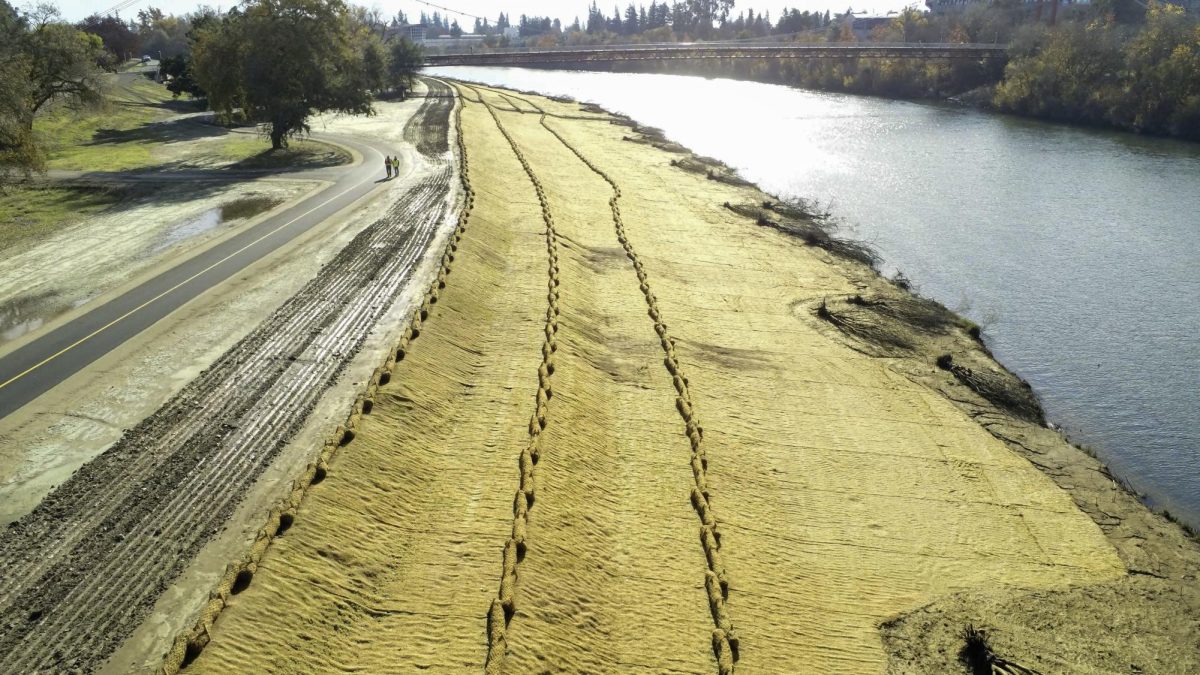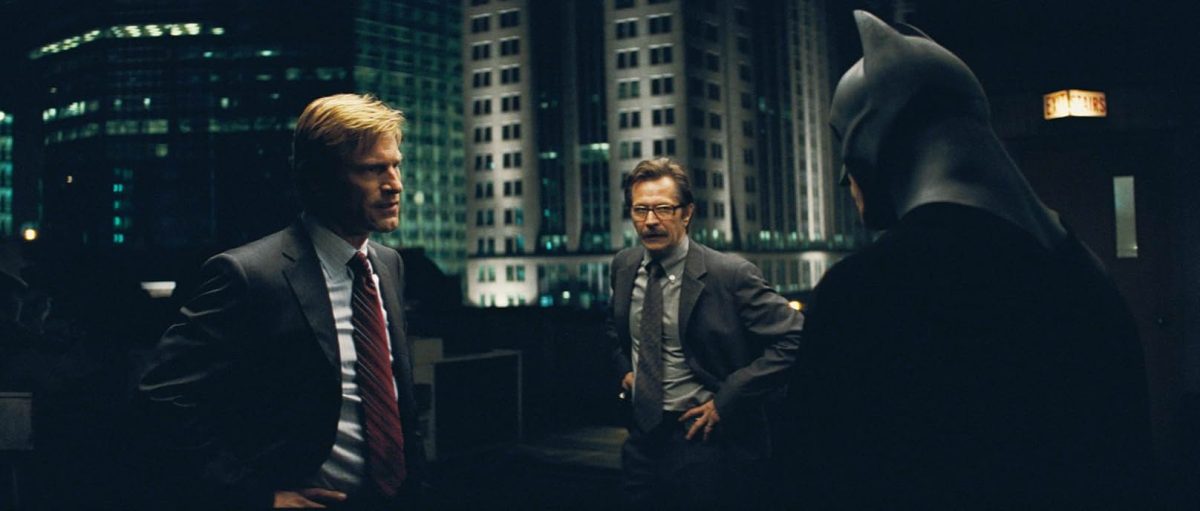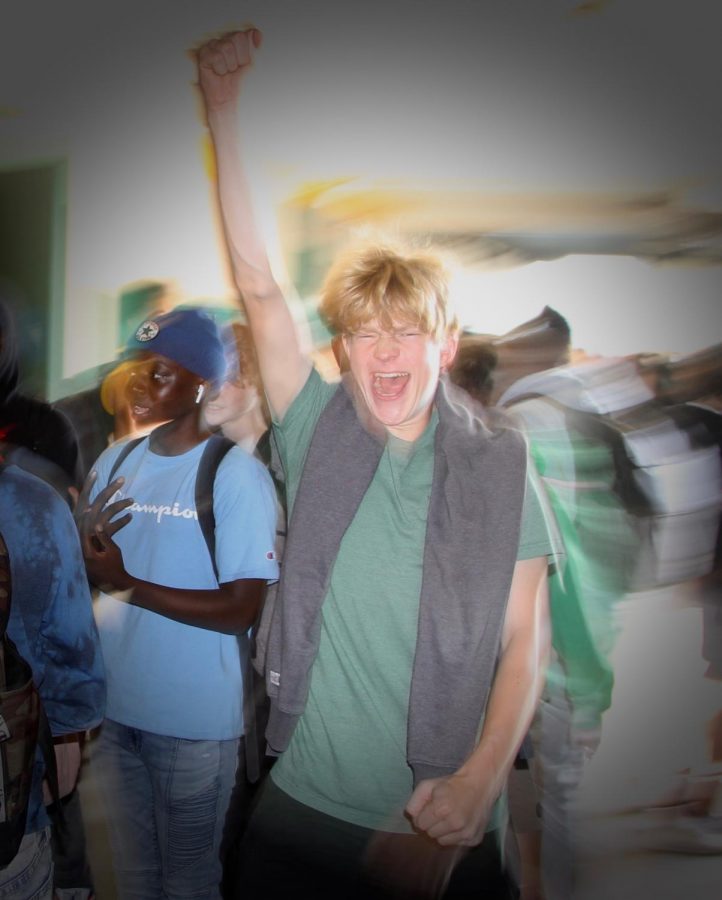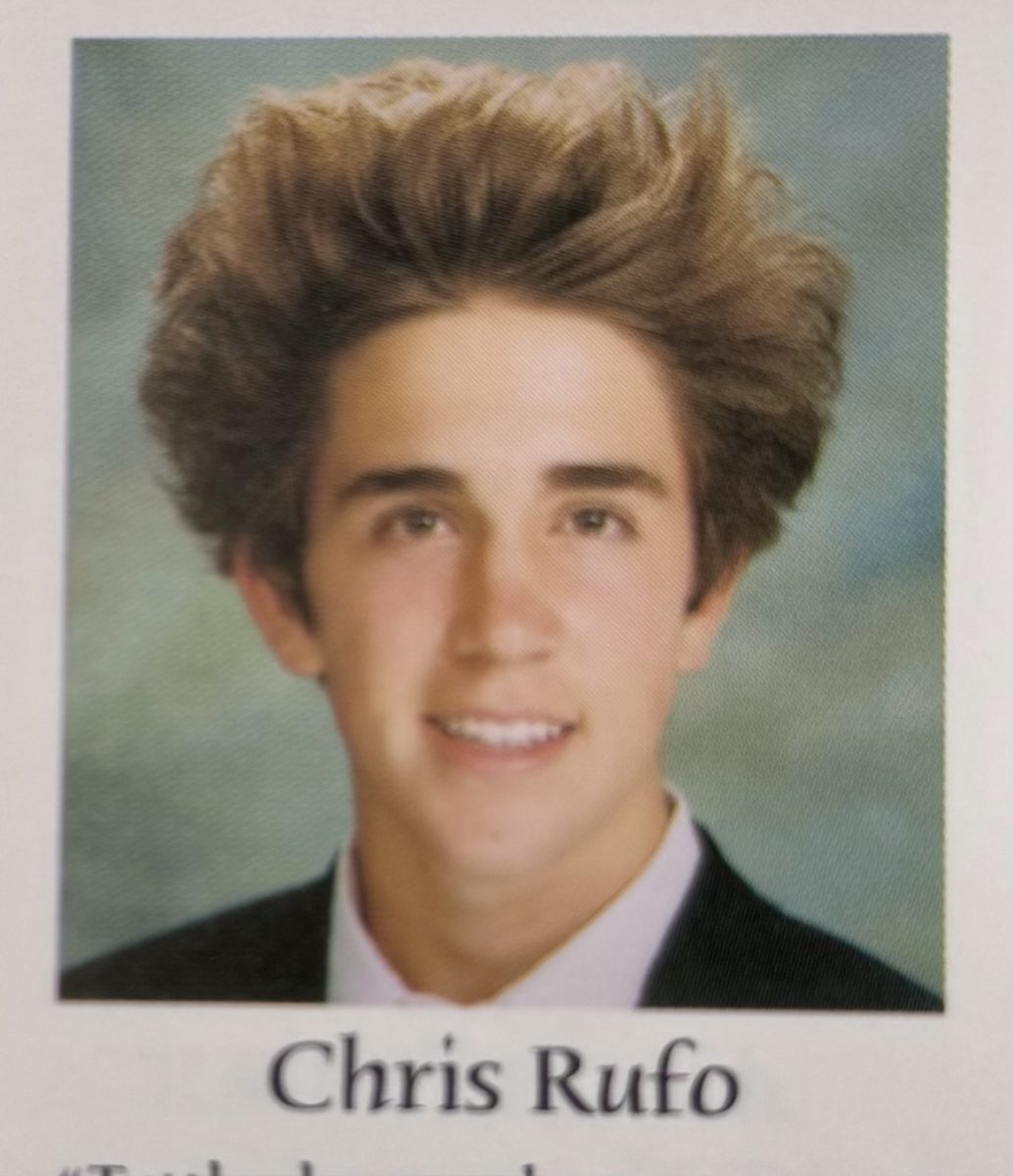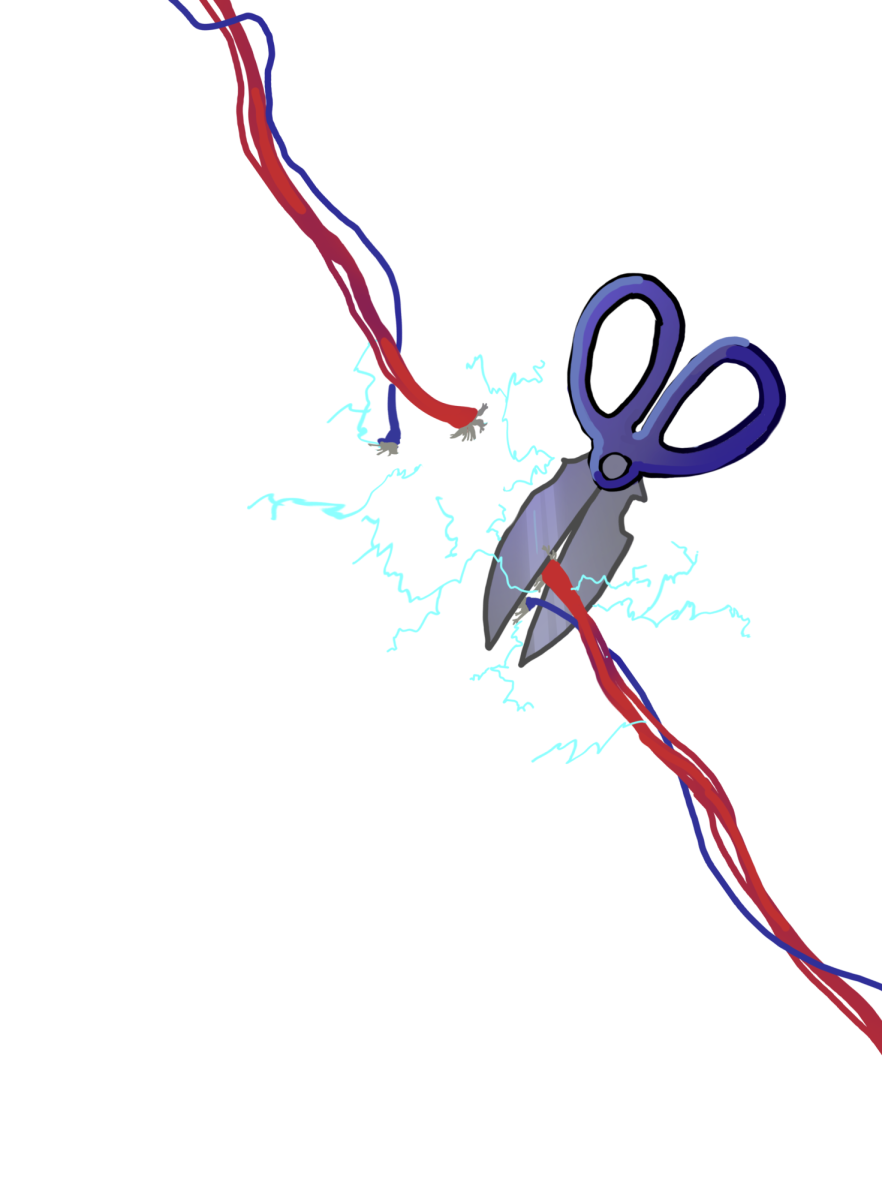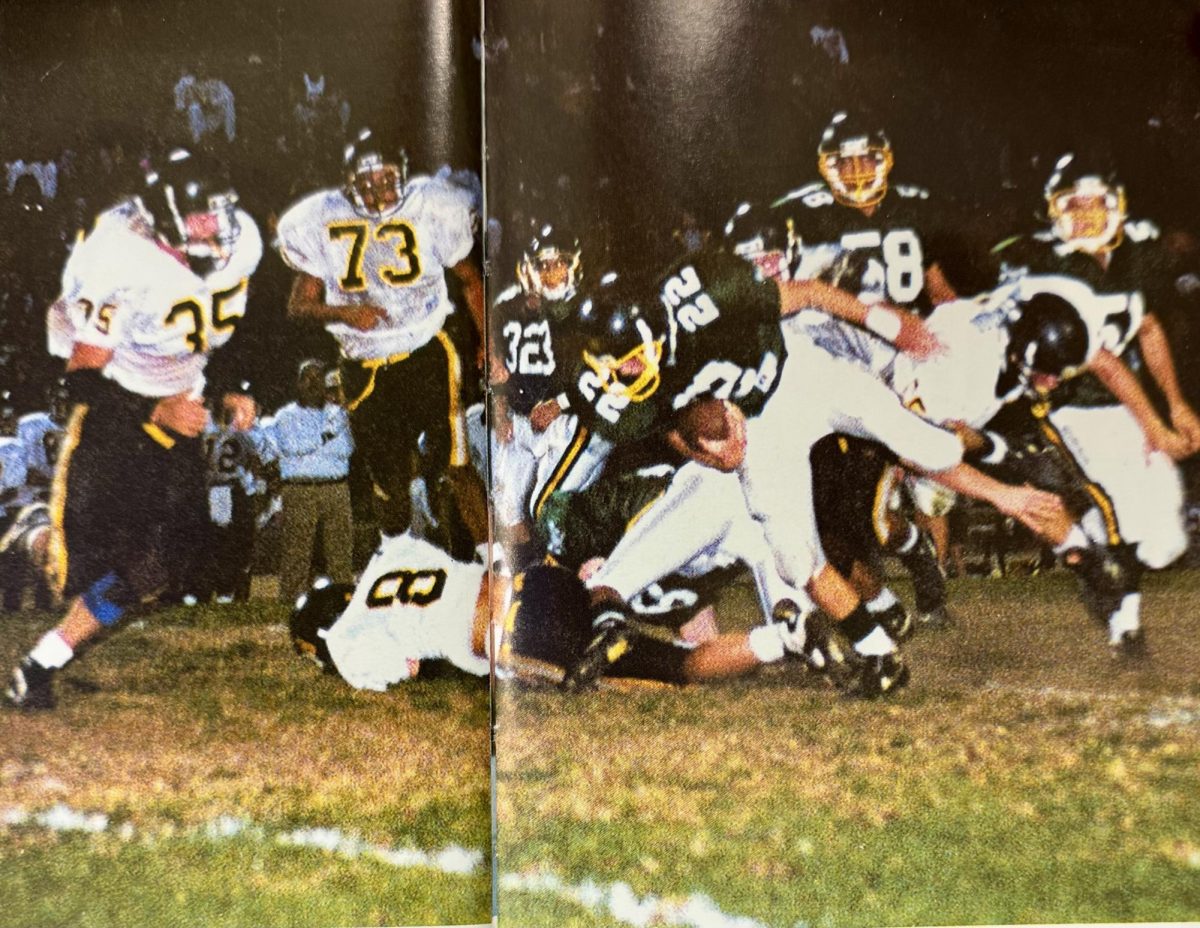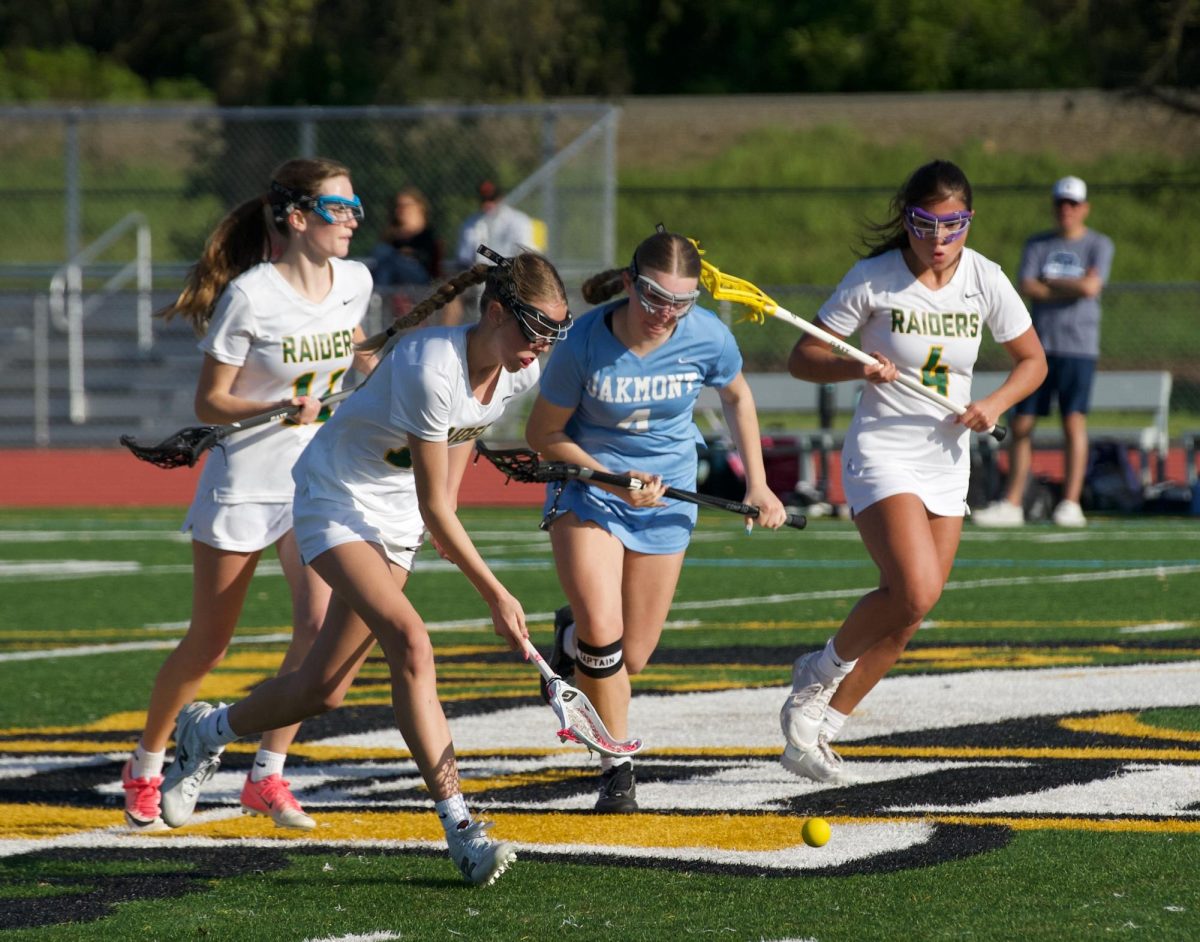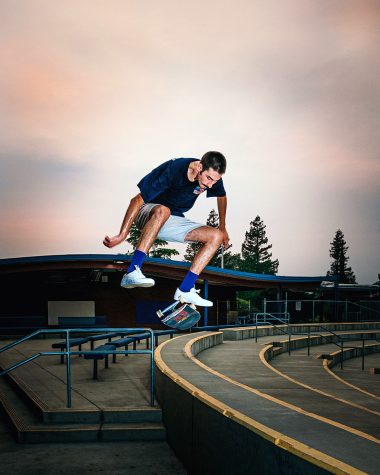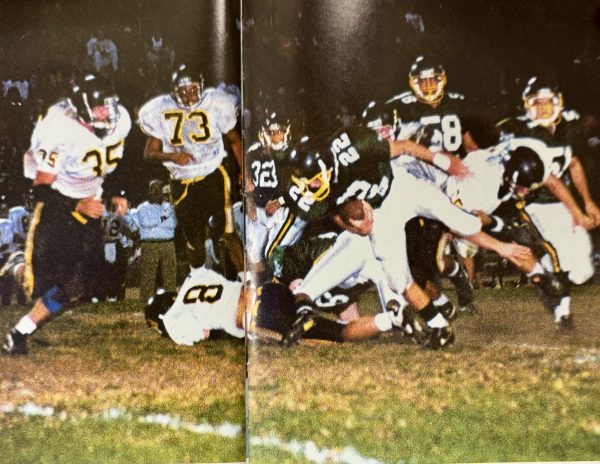Jules Bianchi and the Importance of the Halo
Sports Commentary
On Sunday, November 29, the Formula One world experienced something it had not seen in years. A fireball engulfing a guillotined Haas car. For the driver, Romain Grosjean, a 7 kilo piece of aerospace-grade titanium was the difference between a heroic escape and a fire death. The so-called “halo” might just have well been the guardian angel looking over Grosean.
Implemented first in the 2018 season, the halo has already saved the lives of 3 racing drivers, and possibly many more. In the first year alone, the halo saved Alfa Romeo’s Charles Lecrec after Fernando Alonso’s Mclaren flew through the air and landed down above the Alfa Romeo. After early criticism from many fans and insiders, including Mercedes team principal Toto Wolff and driver Romain Grosjean, the halo soon proved in multiple situations its importance in driver safety. Contrary to early beliefs, most soon learned how valuable the halo is in protecting the heads and lives of drivers, and after the Grosjean crash into the barriers few have any ground to stand on for the removal of the halo.
To understand why the halo was even there in the first place, we must go back to the horrific crash of the late Jules Bianchi. In Suzuka, Japan on the 5 of October, 2014, Bianchi slipped in a stream of water due to unmanaged drainage. Unfortunately, Adrian Sutil’s Sauber had gone off moments earlier on the same turn, causing a recovery vehicle to come out onto track. While the recovery vehicle was out, Bianchi slammed into its rear at 132 miles per hour straight. With F1 cars and drivers being so close to the ground, the point of impact in Bianchi’s crash was his head. With little more than a crash helmet, nothing could have stopped the 254g impact from causing devastating brain damage. Shortly following his crash and subsequent death, the FIA introduced many new safety features including the virtual safety car or VSC. The crash not only created immediate changes in safety, but also fostered a new attitude, one in which the protection of the driver’s head is vital. Without Bianchi’s untimely death and lasting legacy, the halo or any other head protecting device would have ever been put in place.
The halo, a once despised piece of the modern F1 car had its fair share of doubters throughout its testing. Even the man in the horrific crash had early stipulations about it saying, “I don’t want to stop the safety, I think safety in Formula One has to be a number one priority. I just don’t want to change what I’ve known as Formula One since ever.”(Grosjean, RaceFans). Or as a fan put it frankly, “I don’t like it. It doesn’t have any protection.”(Ferrari, Seb fan, ReceFans). However, since the implementation of the halo, these racers and fans have been proven wrong time and time again. Take for example the survival of F2 driver Tadasuke Makino, who in a race in Barcelona almost had his head hit by a competing racer’s wheel had it not been for the halo device. After the race, Makino stated, “today the halo helped me. It’s really important.”(Makino, Motorsport.com). Fans and drivers alike have been shown the safety potential of the halo ever since its implementation in the 2018 season, but last Sunday’s horrific crash with Romain Grosjean has cemented into the minds of all the importance of the halo and its role in protecting the drivers head.
Like an arrow piercing through an apple, Grosjean’s halo pierced through the guardrail surrounding the Bahrain International Circuit. Without the halo, Grosean would have suffered an injury like Bianchi, or even been decapitated like late drivers Helmuth Koinigg and François Cevert. Had it not been for the untimely death of Jules Bianchi and the perseverance of the FIA’s drive for safety, Romain Grosjean most likely would not be around to race another day, whether dead or severely hurt. In a sport where driver safety is often disregarded by fans, the presence of mind to always evolve and become safer means that the FIA has not only saved lives in the past, but continues and will continue to save lives in the ever evolving progression of Formula One.




